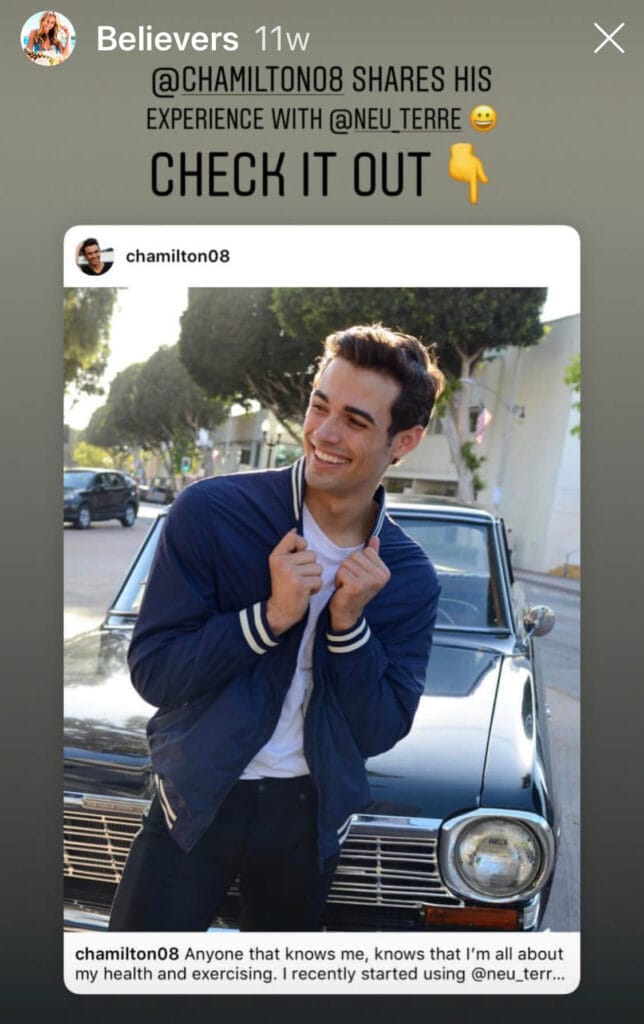Promoting your content organically is one of the best ways to reach and engage your target audience. Though search and newsfeed algorithms are frequently changing, there are many tactics to amplify your content and make sure it’s found by the right audiences — often without paying for each click, like, or share.
Optimizing Website Content for Organic Promotion
Basic SEO
To get traction for your content, you need to optimize the pages and content. We’re talking pretty basic search engine optimization here; nothing too fancy. For each product page, you’ll need a unique:
- Title Tag (60 characters is currently best practice)
- Meta description (Around 140 characters is still the most frequent character count that shows in SERPs)
- URL (It should be a descriptive title, with each word separated by dashes. For example, test.com/blog/test-blog-post)
- H1, H2, etc. (In WordPress, you can your preferred header in your edit menu above the post)
Learn more about optimizing blog posts with our Content Optimization Checklist.
Scannability
As search engines index your site to determine relevancy, they use the information they can read in HTML. If your pages don’t have HTML text (if they’re primarily image-based or built entirely in Flash), search engine crawlers are very limited in how they’re able to rank your website. Alt text can be used to provide HTML descriptions of images and other unreadable elements.
This is where headers and subheadings come in handy too. They provide clues on the content of your page that can help Google properly index your page and offer another opportunity to show relevancy through using keywords.
Consistent content
Creating content frequently can keep your site fresh and is a sign to Google that you’re a high-value site. We recommend publishing at least one high-quality blog per week – but, the more the better! One way to drive long-term traffic to a “cornerstone” piece of content (like your product page or a creative asset) is to create consistent satellite blogs that link back to the cornerstone content.
Internal linking (in old and new content)
It’s also a good idea to include appropriate internal links whenever possible. Having your pages well-linked gives Google bots a sense of how your website is structured and what pages are most valuable. Common practices are linking new blog posts back to older, relevant blog posts, or links to product/service pages in the CTA of a blog post.
Schema markup
Additionally, using structured data markup can enhance your site’s search result, leading to rich cards, carousels, or interactive features. These can, in turn, improve your click-through rate. This markup gives more detail about your content and how it’s structured, further improving how search engines read and understand your site. A common example of schema is when you Google a recipe – the star rating, calories, and time that shows under each listing is there due to the site’s schema. When a user sees these cues in SERPs, they’re more likely to click through to your post.
Leveraging Social Media for Organic Promotion
It’s important to note that your likes, follows, and tweets do not impact your Google search ranking directly. But your posts can drive traffic to your site content, which indicates that your site is a trusted source with valuable content. That’s why social media is still a valuable driver in the organic promotion game.
Social media posts
You don’t have to pay for boosted posts or ads to get a lot of traffic to your site from social platforms, although they do help. High-quality content on social media is easily digestible and easily shared. But you have to be strategic in what you share and how. When you’ve got great content to share, you can’t always just plop it into your social media editorial calendar.
Think strategically about the platform you’re using: posts that are successful on Facebook won’t always translate as well to Instagram or Twitter. Pinterest posts will look different than posts designed for LinkedIn. Also make sure you consider peak social media posting windows so you can schedule posts for off-times, thereby reducing competition.
Diversify content for cross-platform promotion
Repurpose existing content for social media by packaging it into smaller snackable posts. Use your blog, e-book, or white paper content to create infographics, images, or promotions. Leverage long-form content into shorter blog posts or videos. The result is a wider reach from the same idea or content, within a medium that is preferred by different platforms and their uses (for example, you can create a video from a blog post to attract the people who prefer watching over reading).
Take a2 Milk, for example. They create recipe content for their website and then make a video for their Facebook following. The video gets more engagement and visibility for their products, but visitors also click through to find the full link on their site.
Optimize your social content
Make sure you always have an effective image and a tailored headline when posting on social. Be mindful of how you can take advantage of—without abusing—hashtags. Use these on Instagram, but not Facebook. Also, use open graph meta tags to specify which elements you want displayed in your Facebook posts. Use Twitter Cards to incorporate videos, photos, and other rich media to your Tweets.
While you want to tailor posts for each platform, you should also be considering your overall social presence. Your posts should complement each other and provide consistent messaging and style.
Get people to share your content
A great way to grow your social engagement is to get your posts shared by relevant partners and platform influencers. When your content is shared by influencers, it can dramatically increase your reach—and quickly. This is where staying engaged with others can come in handy. When you’re actively responding and sharing other’s posts, it’s more likely that they’ll help boost your own content.
The Power of Links
Backlinks
Having links to your site from other high-quality sites—backlinking—is like a stamp of approval in Google’s algorithms. Backlinks accomplish two important things: when your link is shared on bigger or more-established sites, that gets you added exposure and likely an increase in traffic. But it also shows Google that your content is valuable to users, which will likely lead to an increase in rankings. One way to get backlinks is to create good content, share it across social media, and let people link to it organically. You may also consider reaching out to sites that would benefit from a specific piece of content on your site and propose that they link to it in a relevant article on their site.
Guest posts
Similarly, guest posts help create those important backlinks and improve your sense of authority in your industry. Writing guest blogs can get your content and site exposed to new audiences on external sites. And sharing guest posts on your own site can help expand the voices and resources.
E-mail links
Including links in your email newsletter is an easy tactic to organically promote content. Unlike social media, where your posts are subject to ever-changing algorithms that affect visibility, your email messaging is going straight to your audience’s inboxes. Use email to broadcast new or recent content, reshare older favorites, and encourage traffic to your site.
Great Value Vacations, a company that offers travel deals, also creates blogs that attract people to book their trips. They share a blog a week via email, in addition to their normal sales emails.
Diversifying Your Content’s Reach
Collaborate
The best way to promote content in new networks and to stronger audiences is to find collaborators or industry leaders. Find authorities in the industry, field experts, and partners who can help you create unique and engaging content that adds value to the conversation. As with social, searching for opportunities to work with influencers, either specific to your niche or to a content platform is a great tactic to get exposure and establish your presence.
User-generated content
People trust testimonials, and they’re more likely to trust other users over a marketing campaign. So use your own customers’ and clients’ content to help promote your brand and services. Share and repost images, videos, and reviews (with permission, of course!) to show how people are interacting with your brand. Take advantage of hashtags to find and track user-generated content (UGC) and create promotions or giveaways based on UGC. These tactics can quickly promote authenticity and improve engagement.
NeuTerre, a whole food iron supplement brand, does this well with their Instagram Stories. They have an entire highlight reel of saved user-generated content like the one below:
Find What Works for Your Brand
Promoting content organically is possible. Depending on where your ideal audience resides and how they like to consume content, you can create a plan that gets more traction for your content (and therefore your business). Promoting content isn’t a science – feel free to play with a few options before finding one that works, and monitor and adapt it as time goes on, as well. Promoting your content doesn’t have to be expensive, but it does need a strategy behind it.
Have questions about organic content promotion? We’re here to help! Contact the V9 team today.


